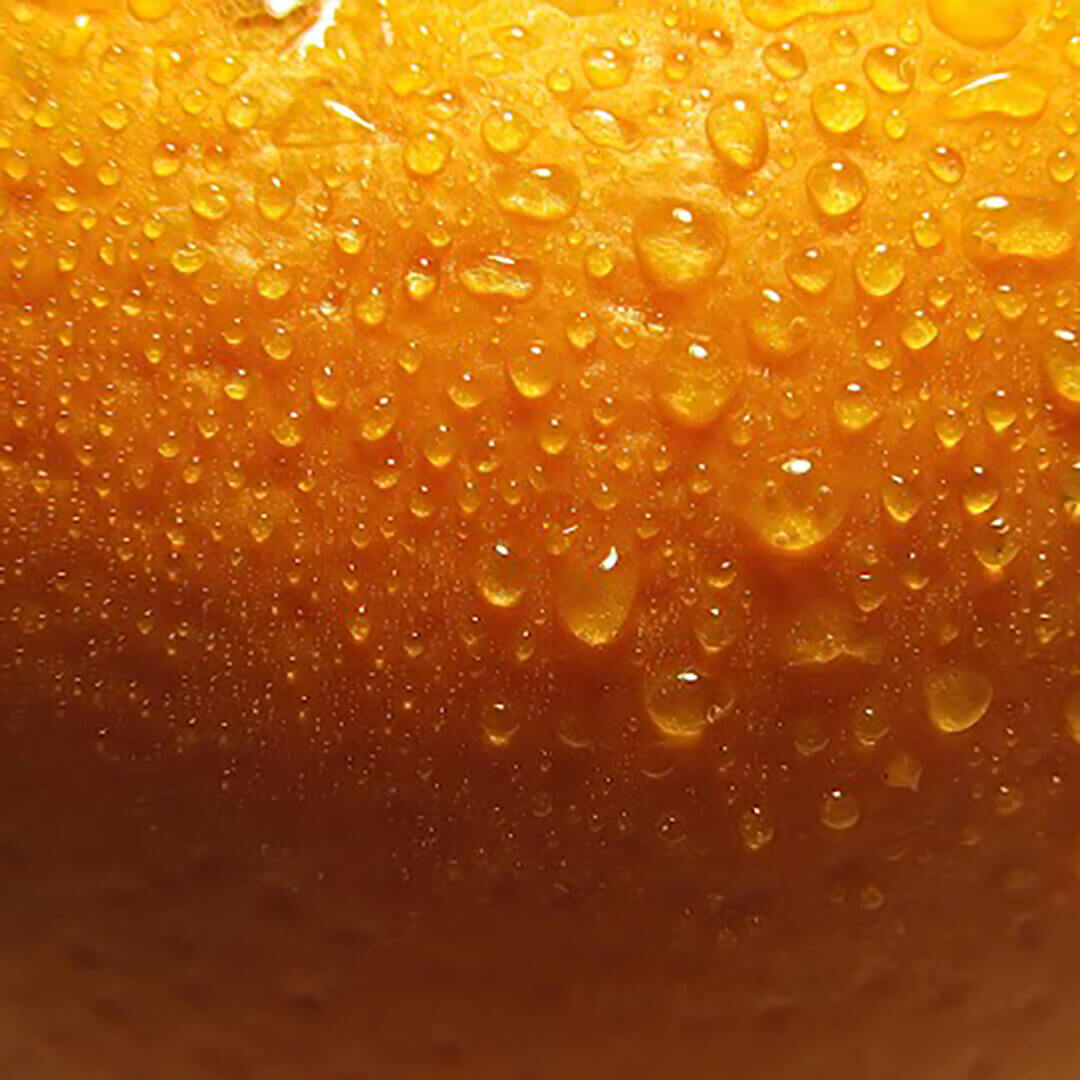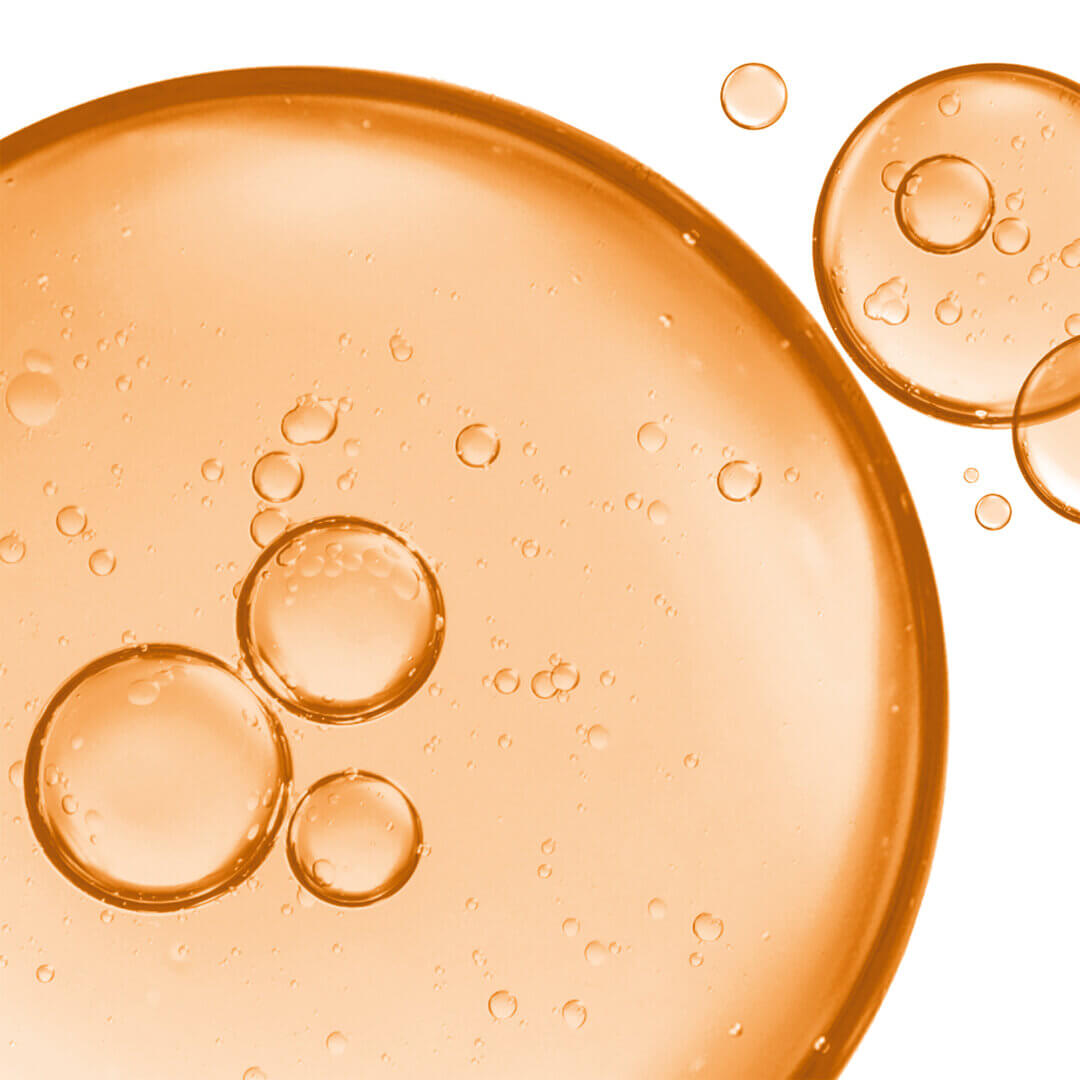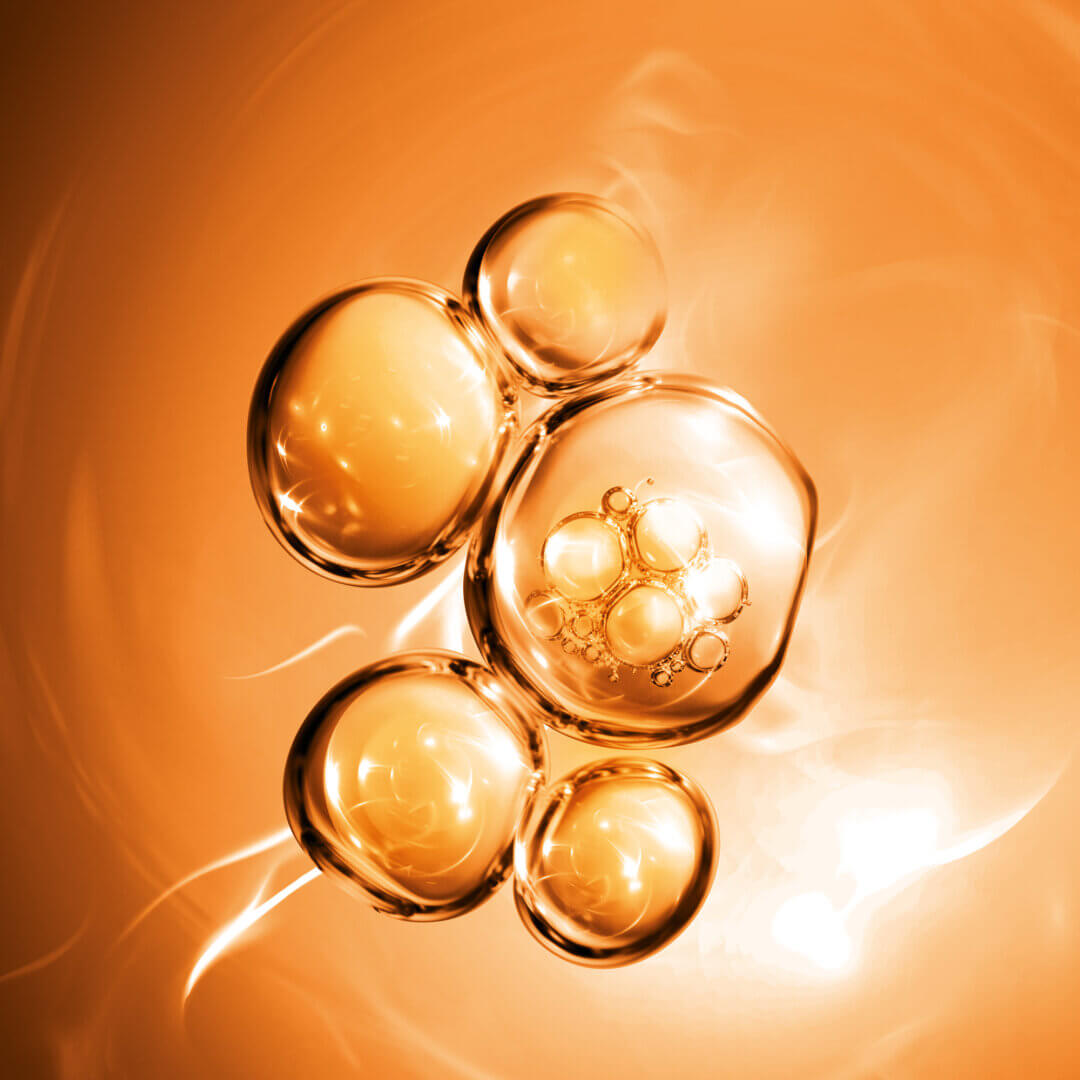
Antioxidants: the ultimate protection for your skin
October 24, 2024 - Tutorials and advice
It’s likely you’ve already heard of antioxidants. But do you actually know what they’re for and what they do for your skin? And do you know how to get enough of them to really reap the benefits?
In this article, Laboratoires FILORGA’s experts explain everything you need to know about these molecules, such as how they help combat oxidative and environmental stresses, and how they can help us maintain our skin’s radiance and youthfulness.
Let us help you understand the benefits of what have become essential ingredients in cosmetic treatments.
How do antioxidants helps combat skin aging ? A quick overview of th essentials
-
Oxidative stress is a natural phenomenon that the body is capable of neutralizing.
-
Unfortunately, it is exacerbated by our lifestyles, meaning our body’s ability to cope can often be overwhelmed.
-
Fruits and vegetables are great sources of dietary antioxidants.
-
But alone, they’re not enough, which is why experts recommend using antioxidant-rich skincare to stave off wrinkles and combat premature skin aging.
So, what are oxidative stress and free radicals ?
To fully understand how the skin benefits from antioxidants, we need to understand what oxidative stress is and how antioxidants work against it.
When we breathe, we use oxygen. This oxygen is used in our cells to release the energy contained in the nutrients we absorb from our food. This process is called cellular respiration.
Now, picture an open fire. Wood burns in the presence of oxygen while also releasing toxic gases and fumes. It’s more or less the same in cells: the energy released from nutrients can be compared to combustion, which goes hand in hand with the generation of waste products, the major ones being free radicals. These extremely unstable chemical compounds are toxic to cells
. In order to stabilize themselves, they attack the membranes, proteins, and DNA found in cells, which in turn causes these to become destabilized. This is called oxidation.
As nature knows best, our bodies, of course, have a number of defense mechanisms that serve to neutralize these free radicals. One of these is to produce antioxidants or find them in our food. When the quantity of free radicals is offset by the supply of antioxidants, the cell achieves a state of equilibrium. This is called homeostasis. However, when the quantity of free radicals exceeds the supply of antioxidants, our bodies experience oxidative stress, which can be harmful — especially to our skin.
Why should antioxidants be included in skincare ?
By countering free radicals and oxidative stress, antioxidants protect the skin from external aggressors and prevent skin aging.
But how can we make sure that our bodies produce enough of these vital molecules? And are we getting enough through our diets to adequately protect ourselves? Our experts have the answers.
Endogenous antioxidants (those we produce).
While our bodies do produce antioxidants, largely as enzymes, unfortunately our modern lifestyles leave us exposed to far too many free radicals for our natural defenses to cope with on their own. UV radiation, pollution, stress, and smoking all exacerbate oxidative stress.
Also, free radical production in the skin increases with age, while the ability of skin cells to repair themselves diminishes.
As we age, it’s clear that we can no longer rely on our natural defenses to counter oxidative stress, particularly if we’re exposed to factors that compound the problem.

Exogenous antioxidants (those we eat).
One way of helping is through what we eat. Dietary antioxidants effectively play a major role in ensuring oxidative balance. Some of the most potent are:
- Vitamin C. Found in abundance in citrus fruits, kiwis, and, in smaller quantities, in leafy greens.
- Vitamin E. Mainly found in nuts and nut-based products (oils, spreads, etc.), avocados, and seeds.
- Beta-carotene. This form of vitamin A is found in red-orange vegetables (carrots, pumpkins, sweet potatoes, etc.), and gives them their distinctive color.
- Zinc. Found readily in meat, fish, pulses, and yogurt.
- Selenium. Found most abundantly in Brazil nuts.
- Polyphenols. Found in green tea and coffee (no sugar!).
However, over the decades, our food has become progressively less nutritious (even if our diets are balanced) due to intensive farming and the rise of processed foods. This means that it doesn’t provide as many antioxidants as it used to.
It can be tempting to get antioxidants from dietary supplements, but there’s a high risk of taking excessive doses, and taking too many antioxidants could actually have precisely the opposite effect, according to this study
by Pilar Galan and Serge Hercberg. Not only could oxidative stress develop, but a number of researchers have demonstrated that taking oral antioxidant-based dietary supplements has, at best, no impact on skin aging and, at worst, can unbalance the ongoing and highly complex chemical reactions that occur in our cells.
What do skincare professionals recommend?
Although our diets and natural defenses may no longer be able to protect us from oxidative stress as we age, dermatologists and aesthetic doctors concur that creams and serums containing antioxidants can help counter the effects of aging, as the molecules contained in these products are more easily metabolized by the skin.
To properly protect your skin, Laboratoires FILORGA’s experts therefore recommend daily use of antioxidant-rich skincare treatments before, during, and after exposure to the sun.
FILORGA's antioxidant-rich active ingredients.
Now let’s take a look at the antioxidants we include in our HYDRA-AOX [5] serum, which was formulated to correct early signs of aging (such as wrinkles and fine lines) and protect the skin from external aggressors.
Our ergothioneine, vitamin B3, and vitamin E complex
Developed by Laboratoires FILORGA, this complex combines three powerful antioxidants:
- Ergothioneine. This plant-based amino acid protects the skin from UV radiation.
- Niacinamide (or vitamin B3). This has anti-inflammatory and antioxidant properties. It strengthens the skin barrier and also targets hyperpigmentation.
- Alpha-tocopherol (or vitamin E). This neutralizes free radicals.
To achieve optimal synergy and effectiveness, the concentrations of each ingredient were determined in vitro.
Vitamin C.
Vitamin C (or l-ascorbic acid) is a highly valued active anti-aging ingredient. Its sole weakness is that it’s volatile when exposed to air, making it difficult to store. To overcome this problem and ensure its stability, Laboratoires FILORGA combines vitamin C with glucose to form a molecule called Ascorbyl Glucoside. It has numerous qualities, such as:
- Neutralizing free radicals.
- Stimulating collagen and elastin production. These proteins give the skin both firmness and elasticity.
- Strengthening the skin barrier.
- Regulating melanin production and helping reduce the occurrence of hyperpigmentation.
When it comes to vitamin C, customers are often puzzled by the fact that such a beneficial active ingredient never exceeds a certain concentration in our products. Quite simply, this is because a high concentration doesn’t necessarily mean greater effectiveness; high doses aren’t necessary. This is true of all our active ingredients, whose ideal concentrations are set following rigorous cosmetic testing.

Astaxanthin.
Astaxanthin is a natural red-orange pigment obtained by grinding and then drying the microalgae Haematococcus pluvialis. It is a carotenoid.
This ingredient:
- Inhibits the creation of free radicals.
- Activates the body’s cellular antioxidant defense system, meaning it instructs cells to produce more antioxidants.
- Stimulates the propagation of skin cells.
Astaxanthin also helps protect the skin from the adverse effects of UV radiation. This shows, as mentioned above, that applying an antioxidant-based cream is a simple and effective step to take before going out in the sun.
Source:
Galan P, Hercberg S. SU.VI.MAX and NutriNet-Santé: lessons from large cohorts. Rev Prat 2018 Jan;68(1):37-40. French. PMID: 30840384.